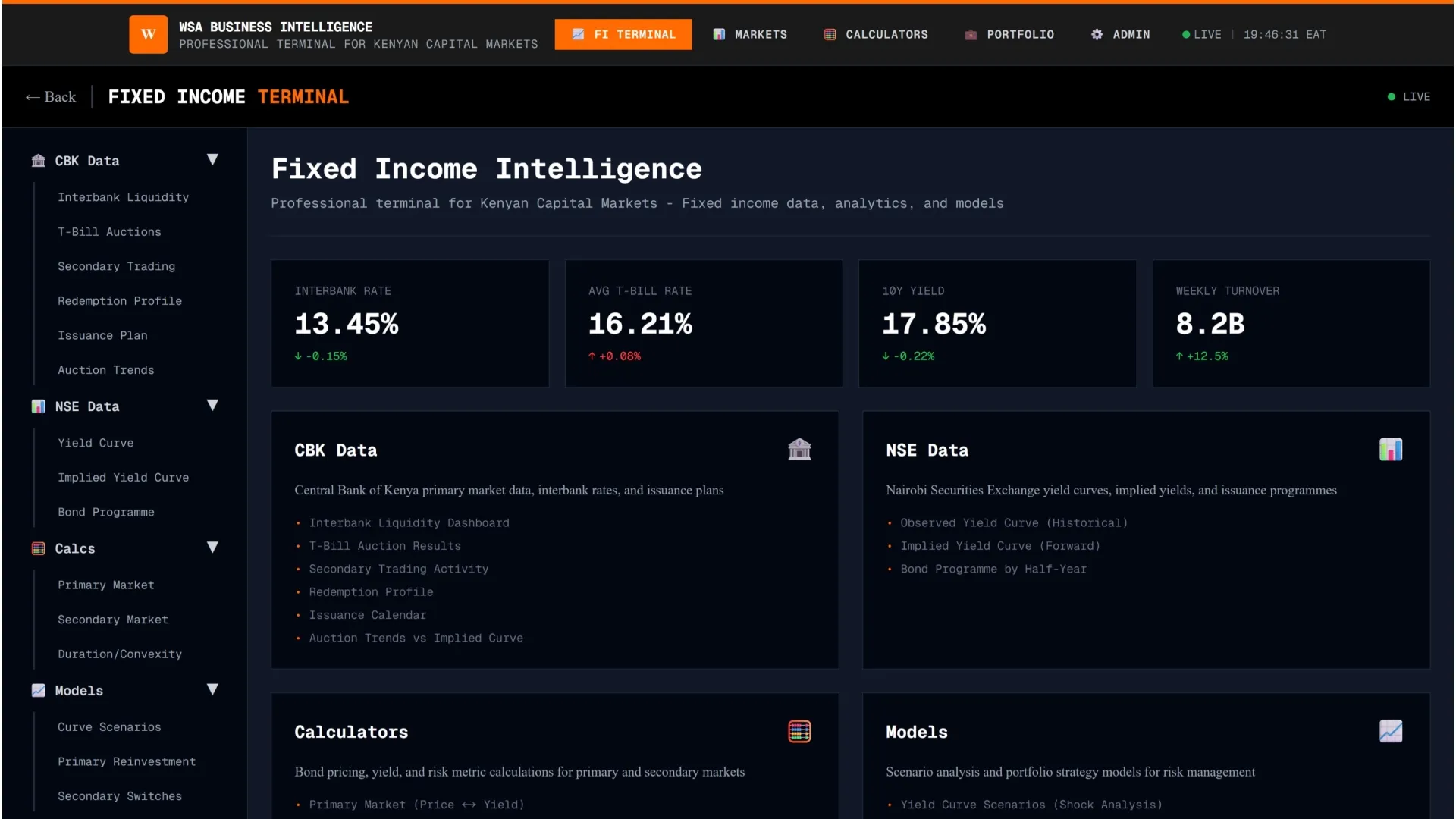Counties are struggling to rein in their wage bills, with personnel costs consuming nearly half of revenues and consistently breaching the 35% cap set under the Public Finance Management Act.
- •New data from the Salaries and Remuneration Commission (SRC) shows that counties’ spending on salaries and allowances rose sharply in the financial year ended June 2025, pushing the wage bill-to-revenue ratio to 44% in the first quarter and a peak of 54.7% in the third.
- •Even with projected improvements in the final quarter, the ratio is expected to close the year at 48%, far above the legal threshold.
- •The wage bill as a share of total county expenditure followed the same volatile path, starting the year at 69.5% before easing to 49.3% in the second quarter, climbing to 51.8% in the third, and projected to fall to 39.4% by year-end.
“When a substantial share of government revenue is allocated to recurrent personnel expenditures, it constrains fiscal space, thereby, limiting the government’s capacity to invest in critical development priorities such as healthcare, education, infrastructure, and debt servicing,” the remuneration commission stated.
Total wage payments in county governments rose from KSh 38.7 billion in the first quarter to a projected KSh 68.8 billion in the fourth. Meanwhile, revenue collection in devolved units was uneven, surging to KSh 146.8 billion in the second quarter before dropping to KSh 96.1 billion in the third.
This mismatch has made counties especially vulnerable to revenue volatility as fixed personnel costs consume a disproportionate share of available funds.
The analysis of expenditure patterns shows that county revenues are strongly tied to development spending, but personnel emoluments remain resistant to adjustment. With salaries entrenched as a political and fiscal priority, the space for development remains constrained.
On the flip side, the national government kept its wage bill within a narrower band in the 2024/25 fiscal year, though it frequently hovered above the legal ceiling. Personnel costs rose from KSh 151 billion in the first quarter to KSh 165.3 billion in the third, with a projection of KSh 184.4 billion in the final quarter.
As a share of total expenditure, the wage bill fluctuated between 28% and 32%. Relative to ordinary revenue, however, the ratio breached the 35% threshold in most quarters, slipping to a low of 35.3% in the second quarter before surging to 43.7% in the third and projected to end the year at 41.8%.
The public sector workforce expanded by 3.1% in 2024, surpassing one million employees for the first time. The Teachers Service Commission (TSC) remained the largest employer, adding more than 20,000 staff to reach 410,700 employees, a 5.2% increase from the previous year.
Ministries and other extra-budgetary institutions accounted for 236,700 employees, while county governments employed 226,500. Parastatals and state-controlled corporations followed with 100,100 and 49,200 staff respectively, each recording a modest 1.2% surge in the wage bill burden.




